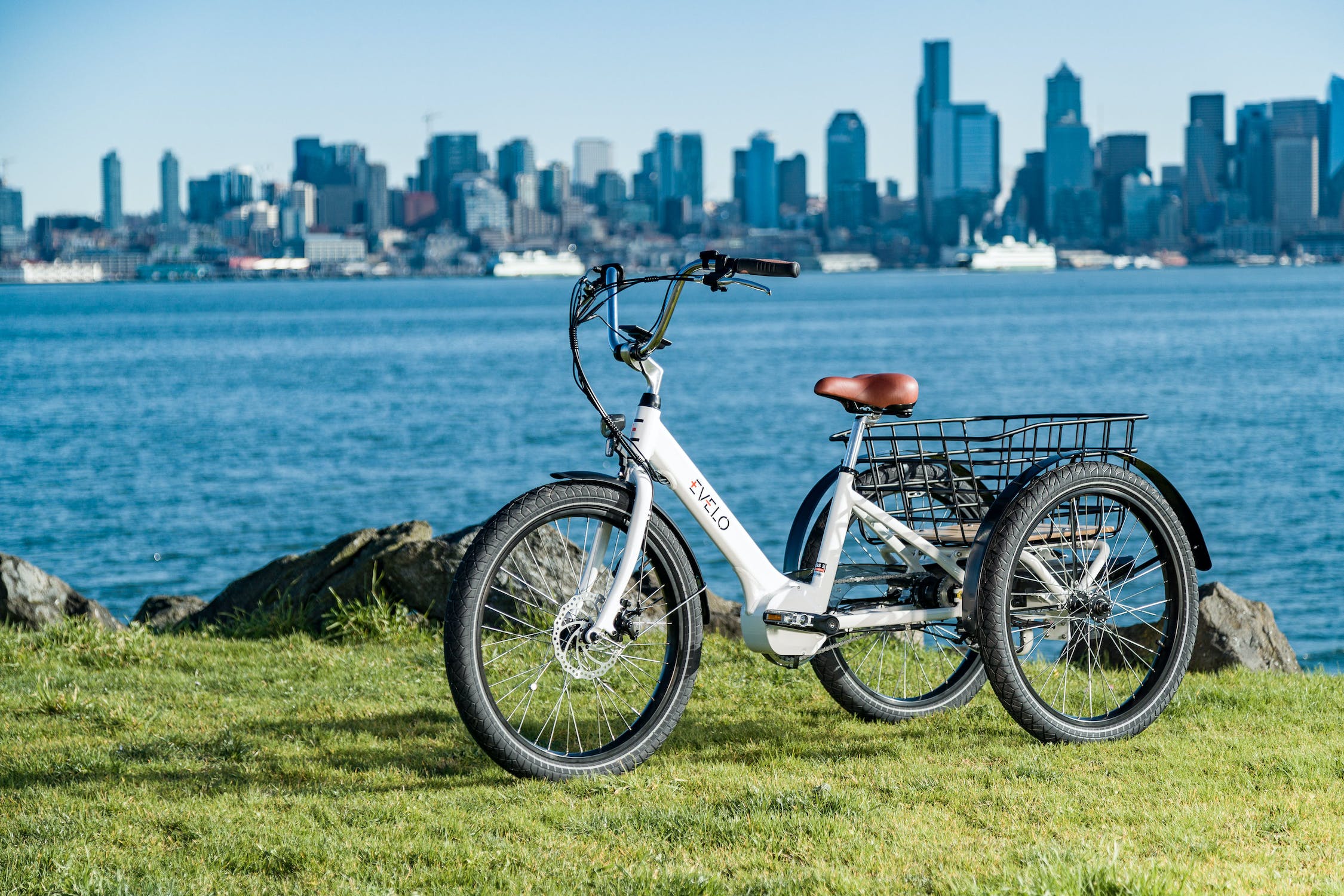Who doesn’t like an affordable option these days when prices are so high? Well, the cheaper option might be a problem when it comes to electric bikes or scooters.
The BBC discovered that the expensive e-bikes come with a lot more safety than the more affordable options. One of these safety features is a battery that won’t catch fire during its routine recharge.
Why Are E-Bikes Exploding?

According to the BBC, bike cities in China and the U.K. are seeing an increase in the number of fires caused by e-bikes and e-scooters. Insurance company Aviva reported a recent spike in customer claims “related to fires which started due to rechargeable e-bikes exploding during charging, including claims involving failed e-bike batteries and e-bikes purchased second-hand.”
The causes of these fires come from the type of battery used to power the e-bikes and e-scooters, and ignoring the warning signs that an explosion is inevitable.
The Rise of E-Bike’s Popularity

E-bikes became popular over the last several years as they promised a climate solution while providing convenience, and accessibility, catering to a wider audience who wanted an alternative transportation solution.
The versatility, practicality, and enjoyability of an e-bike or e-scooter made them popular and shaped the future of mobility. However, these alternative transportation options came at a steep price.
The Budget-Friendly E-Bike Comes With a High Risk

On the high end of the spectrum, e-bikes can cost around $4,000 to $8,000. However, most people seem to go for a mid-range e-bike, which is a popular choice since it offers a balanced performance and safety features that promise a long life span. These bikes average between $2,000 and $4,000.
Not everyone can afford a bike that expensive. That is why the friendly budget options start around $500. But those budget-friendly options come with a major risk.
The Problem With Lithium-ion Batteries

Lithium-ion batteries are typically used in budget-friendly e-bikes and e-scoots due to how widely available and affordable they are, making them the most cost-effective battery solution for manufacturers. Despite the perks of these batteries, they elevate safety risks since they can pack more energy into a smaller space.
Internal cell defects, external damages, or improper use–such as overcharging–can cause lithium-ion batteries to overheat and catch fire.
Fires Caused by These Batteries Can Spread Fast

These fires caused by lithium-ion batteries can be intense. “These fires are not so much traditional fires. They’re explosive, and there’s a lot of gas involved,” Robert Slone, the senior vice president and chief scientist for UL Solutions, a safety science company, explains to BBC.
Fires caused by lithium-ion batteries can spread quickly, which can become a challenge for firefighters who might not be able to respond before the fire gets out of hand.
How To Tell If Your Lithium-ion Battery Has Gone Bad

Aviva reports that 71 percent of adults surveyed in the U.K. didn’t know the tell-tale signs that a lithium-ion battery was on the verge of failure.
Some of the warning signs that the lithium-ion battery in the e-bike or e-scooter is failing include heating, reduced performance, discoloration, leaking, swelling, and unusual smell and noises. If you notice any of these signs, contact the manufacturer or replace the battery as soon as possible.
The Lack of E-Bike Regulations

E-bikes have surged in popularity, leaving regulations scrambling to keep pace. This lack of federal oversight means specific safety standards for e-bike batteries and chargers are currently missing in the United States.
The lack of regulations means that consumers could purchase an e-bike without being aware of the dangers that come with the battery used to power it.
Third-Party Batteries Are Not a Safe Option

In New York City, “one of the main issues with the most popular battery model that’s out there right now is that it’s really flooded with counterfeit batteries,” Melinda Hanson, the co-founder of the Equitable Commute Project, says to the BBC.
These third-party batteries are high risk because “the way to ensure that these bikes are as safe as possible is to make sure that the battery, the motor, and the charger were all designed to work together.”
One Change Could Ruin Your E-Bike

While an e-bike can offer a standard of safety in the box, modifications made to the e-bike later down the road can create incompatibilities.
“It could be a perfectly safe battery pack, but if it’s a mismatched charger that perfectly safe battery pack can become a very significant safety hazard and can go into what’s called thermal runaway,” Slone says to BBC.
California’s New Law to Make E-Bikes Safer

While some places are banning e-bikes, others are trying to find a way to make this mode of transportation safer. California has passed a new law to allow tenants to store and charge one e-bike or other personal micro-mobility device indoors as long as the e-bike meets certain safety standards.
Slone believes this law could be a game changer for those with or looking to purchase e-bikes, saying, “[T]o have standards that cover charging facilities, so that people do not need to bring the battery pack or the bike up to their place where they live.”
Other Ways to Keep Yourself Safe

While the safety might not be available out of the box to those looking at the budget-friendly options, there are steps to take to ensure that the affordable e-bike does not put anyone at risk. Try to charge the e-bike or e-scooter outside whenever possible.
If that is not possible, then charge the bike inside the house, but do not block the exits in case a fire does start. Also, keep e-bikes away from flammable materials.
